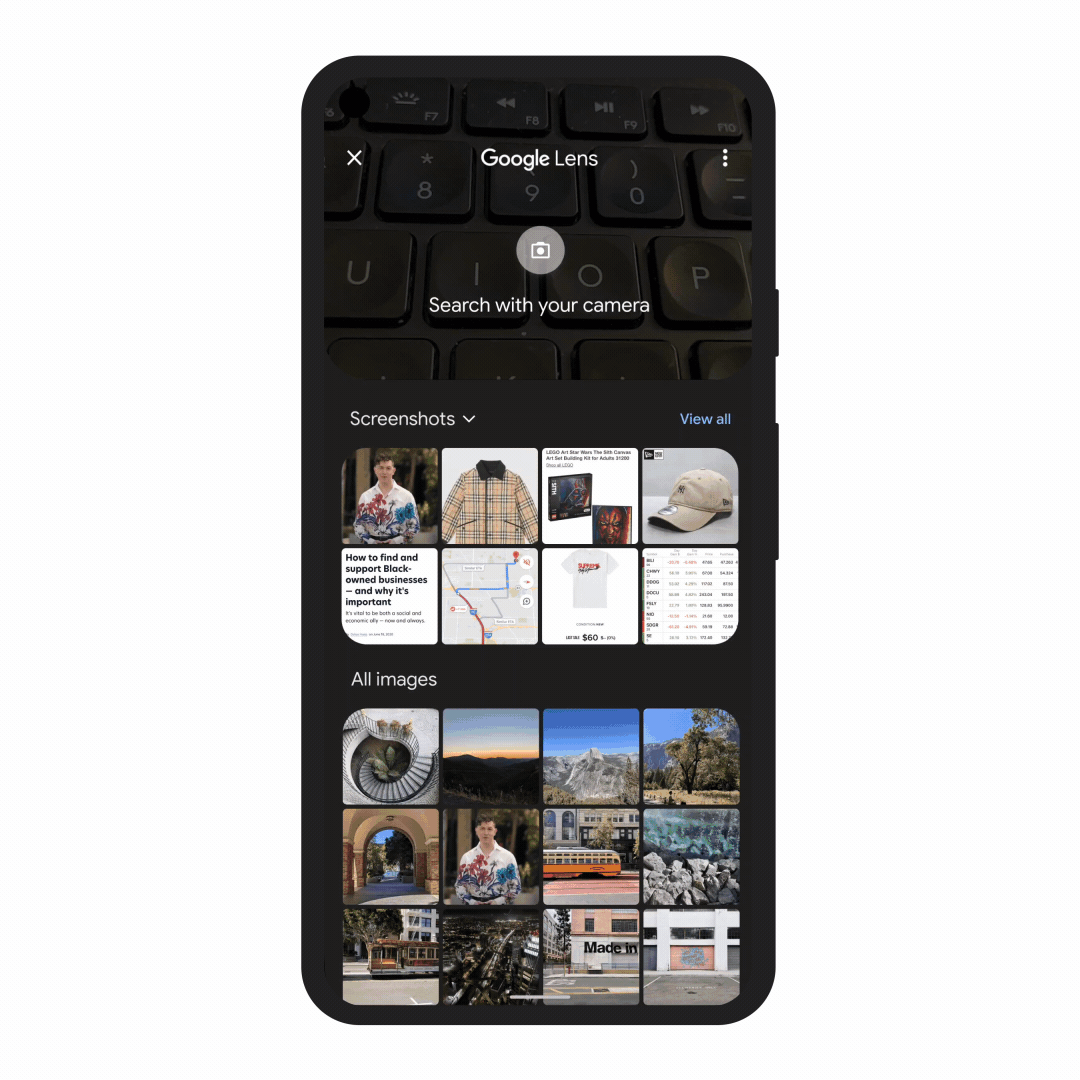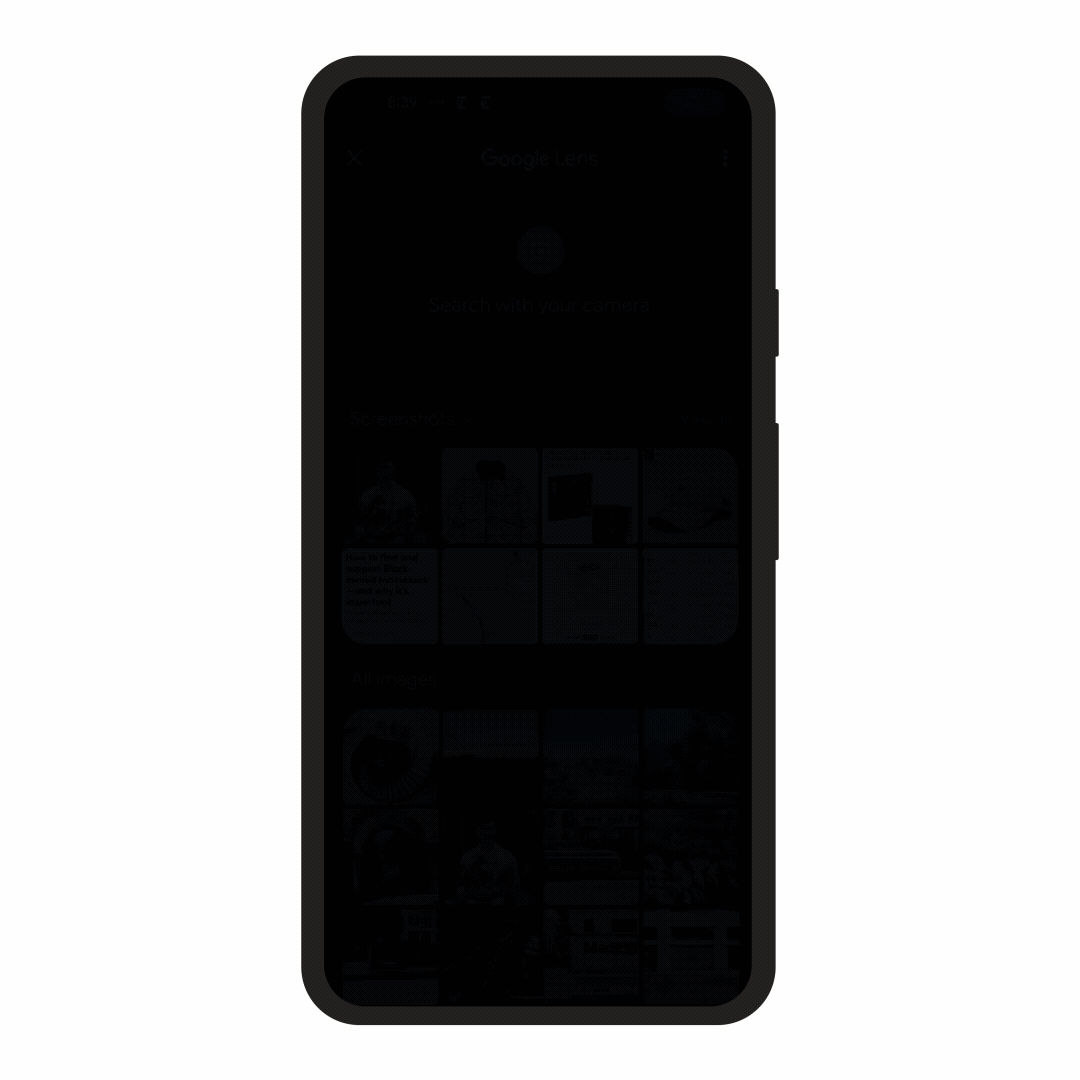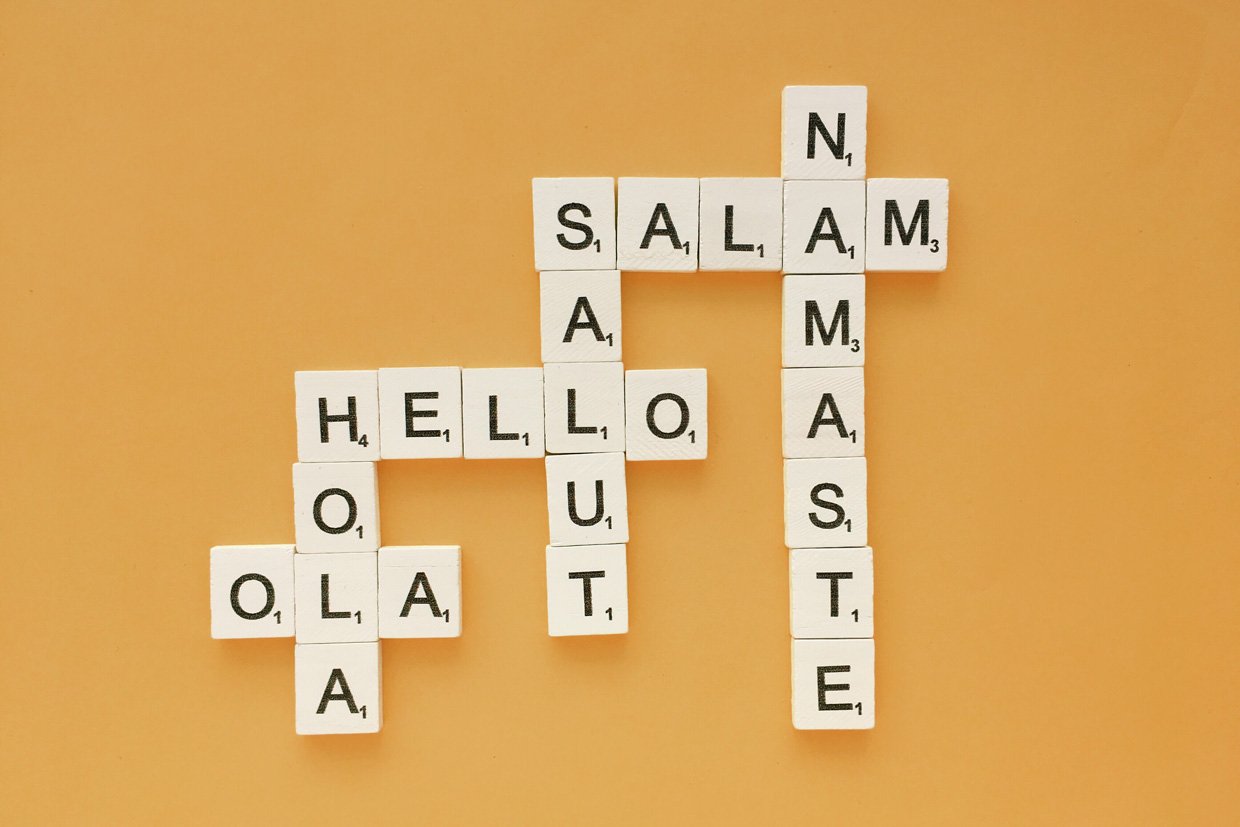Back in May we reported the announcement of Google MUM and what it might mean for search. MUM began to come into effect in June 2021, with the aim of delivering improved search results based on a more real-world understanding of language and complex queries. This updated blog gives more information about Google MUM and how it is likely to be applied in real world searches.
What is Google MUM?
MUM stands for Multitask Unified Model and is a new Google language model which helps users by being better equipped to answer complex search queries.
MUM is a ground-breaking piece of technology, and an extremely powerful addition to the Google experience. Its ability to better understand complex queries and understand input from a range of media means it is capable of more real world understanding and can therefore provide more accurate, useful and in depth responses in search results.
What will Google MUM do?
The June 2021 introduction of MUM will slowly start to reshape search and search results in Google and Google Lens. As an example, MUM changed the way people are able to search for information about such things as Covid vaccines and travel restrictions, exploring more nuanced search terms and delivering better results based on global and multilingual queries and results.
What are the Features of the Multitask Unified Model?
MUM offers a unique range of features which will change the way people search and enrich the results they get. MUM can combine information from a wide range of sources to provide rich and complex responses to search queries.
Google MUM Features
- Understands and generates language
- Trained in over 75 languages – able to pull information from sites in languages other than the query was made in
- Is multimodal, meaning it can understand information across images and text to provide deep knowledge of the subject, and will be able to understand video and audio in the future
- Has the ability to perform multiple tasks at once.
MUM can search information in multiple formats and present richer results dependent on the query. New search features to be added in the coming months using MUM include:
Things to know - The things to know function offers a series of common related searches to the initial query. For example searching for drums might trigger extended search options such as ‘where to buy drumsticks’, ‘how to play drums’ or ‘drum tabs’.
This example video from the Google Search ON event, highlights how MUM can present Things to Know results within search. (Video found on https://www.theverge.com/)
/cdn.vox-cdn.com/uploads/chorus_asset/file/22885162/Untitled__2_.gif)
Topic zoom - Topic zooming allows users to jump between topics related to the initial search effortlessly.
Google MUM for Lens
Visually browsable search results - Results will help provide a more rounded view of results for a query, and help users find results they otherwise might not have. Google MUM will have a profound effect on search in Google Lens. In a blog post Google announced:
“With this new capability, you can tap on the Lens icon when you’re looking at a picture of a shirt, and ask Google to find you the same pattern — but on another article of clothing, like socks. This helps when you’re looking for something that might be difficult to describe accurately with words alone. You could type “white floral Victorian socks,” but you might not find the exact pattern you’re looking for. By combining images and text into a single query, we’re making it easier to search visually and express your questions in more natural ways.”
The example video below highlights how MUM can present visually browsable results within search and help users find what their white floral Victorian socks. 
Google also offered a real-world example of how MUM in Lens could help users identify a broken bicycle part: 
An Example of MUM in Action
In May 2021 Google’s Pandu Nayak introduced MUM and gave an example of MUM in action:
“Take this scenario: You’ve hiked Mt. Adams. Now you want to hike Mt. Fuji next fall, and you want to know what to do differently to prepare. Today, Google could help you with this, but it would take many thoughtfully considered searches — you’d have to search for the elevation of each mountain, the average temperature in the fall, difficulty of the hiking trails, the right gear to use, and more. After a number of searches, you’d eventually be able to get the answer you need.
But if you were talking to a hiking expert; you could ask one question — “what should I do differently to prepare?” You’d get a thoughtful answer that takes into account the nuances of your task at hand and guides you through the many things to consider.

This example is not unique — many of us tackle all sorts of tasks that require multiple steps with Google every day. In fact, we find that people issue eight queries on average for complex tasks like this one.
Today's search engines aren't quite sophisticated enough to answer the way an expert would. But with a new technology called Multitask Unified Model, or MUM, we're getting closer to helping you with these types of complex needs. So, in the future, you’ll need fewer searches to get things done.”
Another example was given by Sundar Pichai, CEO of Alphabet, Google’s parent company, when he explained:
“… When people communicate with each other, they do it across images, text, audio and video. So, we need to build multimodal models (MUM) to allow people to naturally ask questions across different types of information. With MUM you could one day plan a road trip by asking Google to find a route with beautiful mountain views.”
MUM does not only understand language but generates it too. It can also surface the most relevant content by transferring knowledge across languages, learning from sources written in different languages and helping bring that information to you.
Is MUM Different to BERT?
Both were built on the transformer architecture, but MUM is vastly more powerful than BERT.
BERT (Bidirectional Encoder Representations from Transformers) is a natural language model which was given large amounts of text and asked to fill in randomly hidden words to complete the text. BERT analysed the text, located patterns and read context, to allow it to understand language relationships and patterns in a new and more complex way. Google has been leveraging BERT to better understand Google searches since 2018. You can read more about BERT here.
The exciting thing about the development of MUM is that MUM functionality is over 1,000 times more powerful and will use a wider and higher quality set of data than BERT. MUM represents the next level of search capability.
When will MUM be added to Google Search?
As yet we do not know when MUM will be added to Search and there is no official release date, but Google’s Search Liaison has assured the search community that they will let us know when MUM is to be released.
At present, MUM is being tested and undergoing internal pilots within Google to help understand where and when MUM can help the most.
How Can Innovation Visual Help?
How and when MUM will affect search results has yet to be seen. However, it is likely that it will have significant impact on the type and quality of results that are delivered to users as well as, possibly, the way users search going forward. That inevitably means that businesses and content creators will look at how they present and create content and how it is optimised for relevant keywords.
It is well worth getting ahead of the game in advance of the MUM launch and you may wish to consider starting with ensuring your content is well structured, descriptive, clean, and always written with the user in mind. That is good practice for any website looking to improve traffic and conversions through search engine optimisation but is a great place to start while we await more clarification from Google.
Our team of skilled content creators have significant experience in creating tactical content strategies. They also understand the value of executing thorough content audits that facilitate the development of effective content plans. If you would like help in planning how to prepare for MUM then we would be delighted to help.
Get In Touch
Get in touch with us to talk about get ready for MUM, drop us a line via our form here or give us a call on 0333 772 0509. We’re looking forward to hearing from you







